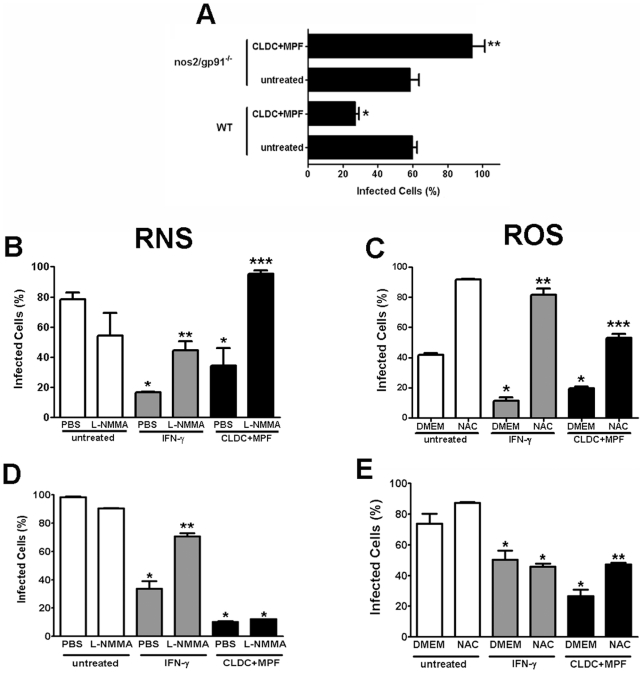Figure 5. CLDC+MPF control of F. tularensis is dependent on RNS and ROS.
(A) Macrophages from wild type or nos2/gp91−/− mice were treated with D5W (untreated) or CLDC+MPF for 18 h followed by infection with SchuS4. Intracellular replication was monitored by microscopy and the percent infected cells is depicted for each group. CLDC+MPF significantly reduced the number of SchuS4 infected wild type cells (* = p<0.01), whereas CLDC+MPF treatment of nos2/gp91−/− significantly increased the number of infected macrophages (** = p<0.01). (B and C) Wild type mouse macrophages were treated with D5W (untreated), IFN-γ or CLDC+MPF in the presence or absence of L-NMMA (B) or NAC (C) and then infected with SchuS4. IFN-γ and CLDC+MPF significantly lowered SchuS4 infected cells (* = p<0.05) compared to untreated controls. Addition of L-NMMA and NAC significantly increased the number of infected macrophages compared to IFN-γ (** = p<0.05) or CLDC+MPF (*** = p<0.01) treated controls. (D and E) Human macrophages were treated with D5W (untreated), IFN-γ or CLDC+MPF in the presence or absence of L-NMMA (D) or NAC (E) and then infected with SchuS4. IFN-γ and CLDC+MPF significantly lowered SchuS4 infected cells (* = p<0.05) compared to untreated controls. Addition of L-NMMA significantly increased the number of infected macrophages compared to IFN-γ (** = p<0.05), but not CLDC+MPF treated controls. Addition of NAC significantly increased the number of infected macrophages compared to CLDC+MPF (** = p<0.01), but not IFN-γ, treated controls.

